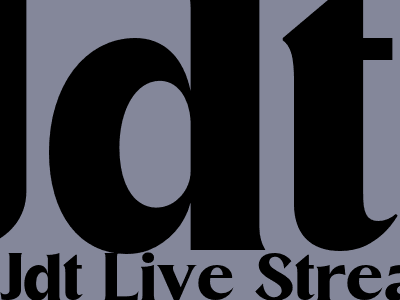## SEO for Bloggers: A Comprehensive Guide to Ranking Higher in Google ### Introduction In today's digital world, blogging has become an essential tool for businesses, individuals, and anyone looking to share their knowledge and connect with an audience. However, simply creating a blog is not enough to ensure that it will be seen by your target audience. That's where search engine optimization (SEO) comes in. When it comes to blogging, SEO is the practice of optimizing your content, structure, and overall user experience to make it more visible to search engines like Google. By implementing effective SEO strategies, you can increase your blog's visibility, attract more organic traffic, and establish yourself as an authority in your niche. ### Keyword Research: Uncovering the Search Queries of Your Audience The foundation of effective SEO is keyword research. Keywords are the terms and phrases that people type into search engines when looking for information, products, or services. By carefully selecting and incorporating relevant keywords into your content, you increase the likelihood that your blog posts will appear in the search results pages (SERPs) when users search for those terms. To conduct effective keyword research, consider using tools like Google Keyword Planner, SEMrush, or Ahrefs. These tools can provide you with valuable insights into the search volume, competition, and cost-per-click (CPC) of different keywords. Additionally, pay attention to long-tail keywords, which are more specific and often less competitive. ### Content Optimization: Creating High-Quality, Informative Content Once you have identified your target keywords, it's time to optimize your content. Focus on creating high-quality, informative content that provides value to your readers. This means writing in a clear, concise style, using proper grammar and spelling, and structuring your content in a logical way. Use headings, subheadings, and bullet points to improve readability and make your content more scannable. Incorporate your target keywords naturally into your content, but avoid keyword stuffing. The goal is to create content that is both informative and search engine friendly. Additionally, consider optimizing your images and videos by using descriptive file names and alt tags. ### On-Page SEO: Technical Considerations for Your Blog On-page SEO refers to the technical aspects of your blog that can impact your rankings in SERPs. This includes elements such as your blog's URL structure, page titles, meta descriptions, header tags, and internal linking. Your blog's URL structure should be clear and easy to understand. Use hyphens to separate words, and avoid using underscores or spaces. Your page titles should be unique and accurately reflect the content of each post. Meta descriptions provide a brief summary of your page's content, so write them in a compelling way to entice users to click through to your blog. Header tags (H1, H2, H3, etc.) help structure your content and indicate its importance to search engines. Use H1 tags for your main headings, and use H2 and H3 tags for subheadings. Internal linking helps users navigate your blog and establishes a hierarchy of content. Link to relevant pages within your blog to provide additional information and keep users engaged. ### Off-Page SEO: Building Authority and Trust Off-page SEO refers to factors outside of your website that can impact your rankings in SERPs. The most important off-page SEO factor is backlinks. Backlinks are links from other websites to your blog. The more high-quality backlinks you have, the more authoritative your blog will appear to search engines. To build backlinks, focus on creating valuable content that other websites will want to link to. You can also reach out to other bloggers in your niche and ask for guest posting opportunities. Additionally, participate in online forums and discussions, and share your knowledge to attract backlinks. ### Traffic Analysis and Refinement: Monitoring Your Blog's Performance Once you have implemented SEO strategies for your blog, it's important to monitor your traffic and analyze its performance. Google Analytics is a free tool that provides valuable insights into your blog's traffic sources, audience demographics, and behavior. Use this data to identify what's working well and what could be improved. Regularly track your blog's keyword rankings and make adjustments to your content and SEO strategies as needed. Stay up-to-date with the latest SEO trends and algorithm updates, and don't be afraid to experiment with different strategies to find what works best for your blog. ### Conclusion SEO is an ongoing process that requires consistent effort and attention. By following the strategies outlined in this guide, you can optimize your blog for search engines, increase your visibility, attract more organic traffic, and establish yourself as an authority in your niche. Remember to focus on creating high-quality content, optimizing your site's technical aspects, building backlinks, and analyzing your traffic to continually improve your SEO performance.

Komentar